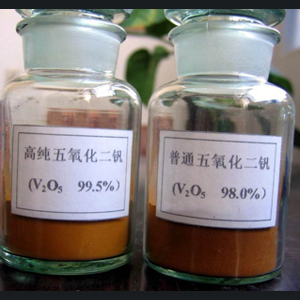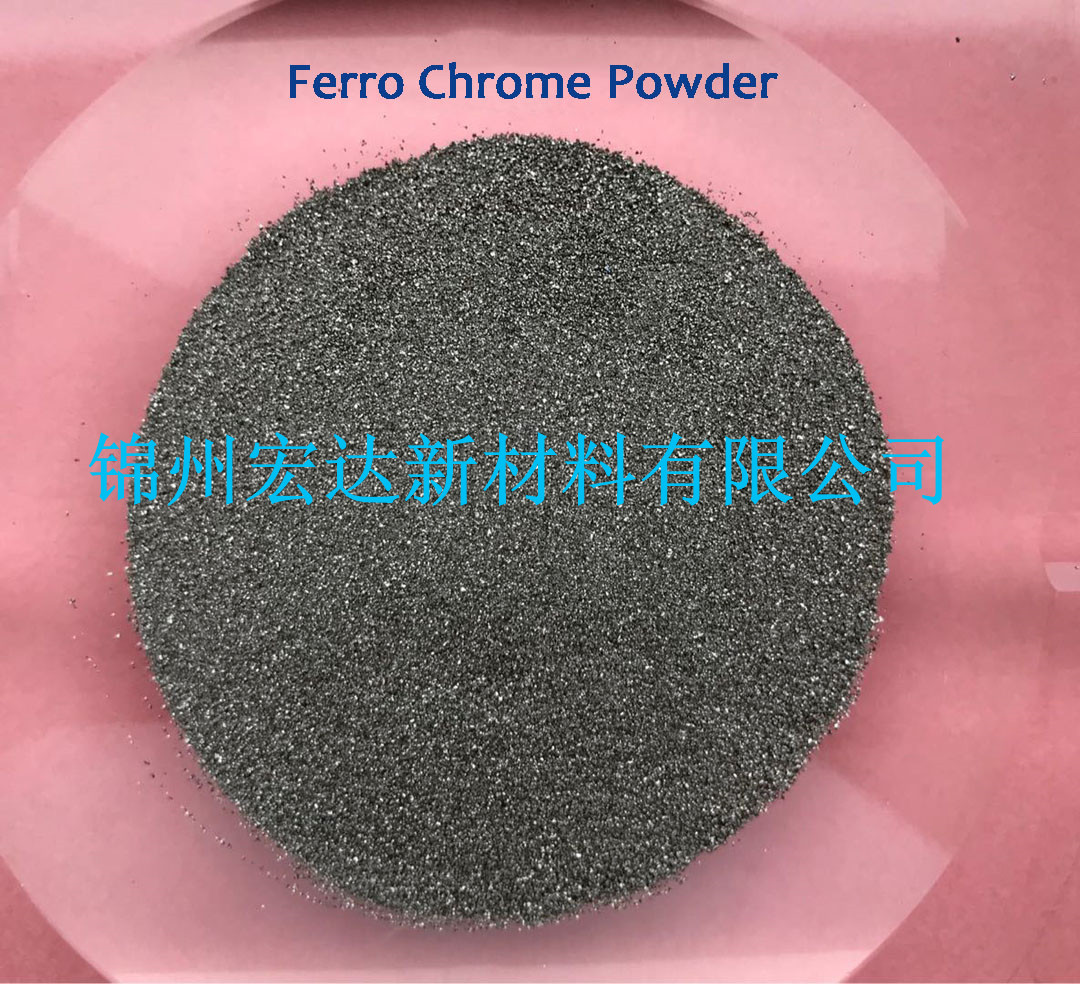[Fellow]Australia's total demonstrated resources of copper rose by 4 million tonnes (Mt) in 2012 to 137 Mt, with SA, NSW and Qld contributing most of the increase.Similarly, Australia's Economic Demonstrated Resources (EDR) of copper rose by 4 Mt to 91.1 Mt, an increa...
Copper
Copper is a ductile, coloured metal that has very high thermal and electrical conductivity. Copper was the first metal to be used by man (probably as early as 7000 BC) and was used as a substitute for stone; its malleability enabled tools to be easily shaped by beating. In the modern era, increasing use of copper is linked to the increasing use of electricity. In addition to being an excellent electrical conductor, copper is ductile enough to be drawn into wire and beaten into sheets without fracturing. It is therefore used to produce electrical cables and electrical equipment. Copper and its alloys are also widely used in plumbing components, building construction as well as industrial machinery. An average car contains more than 20 kilograms (kg) of copper and suburban homes have around 200 kg of copper. Demand for copper is often viewed as a leading indicator of global economic health.
Australia is a major copper (Cu) producer with mining and smelting operations at Olympic Dam in South Australia (SA) and Mount Isa in Queensland (Qld). Other significant copper producing operations are at Prominent Hill (SA), Northparkes, Cadia-Ridgeway, Cobar and Tritton in New South Wales (NSW), Nifty, DeGrussa, Boddington, Telfer and Golden Grove in Western Australia (WA), Ernest Henry, Lady Annie and Mount Gordon (Qld), and Mount Lyell in Tasmania (Tas).
Most of the copper ore produced in Australia comes from underground mines. At a few Australian mines, copper is leached from a copper oxide ore to produce a copper-rich solution that is then treated by solvent extraction and electrowinning to recover the copper metal. At most Australian mines the traditional method used involves copper sulphide ore being ground finely before the copper-bearing sulphide minerals are concentrated by a flotation process that separates the grains of ore mineral from the waste material. Depending on the type of copper-bearing minerals in the ore and the treatment processes used, the concentrate contains copper from around 25% for chalcopyrite (CuFeS2) ores, increasing to over 50% for bornite (Cu5FeS4) and chalcocite (Cu2S) ores. The concentrate is then smelted to float off as slag the iron oxides and iron sulphides. Air then blown through the molten copper matte drives off the sulphur. The copper blister produced by smelting is around 98% purity. Subsequent refining in an anode furnace uses natural gas to drive off the oxygen and finally, electrolysis produces copper at around 99.99% purity.
Resources
Australia's total demonstrated resources of copper rose by 4 million tonnes (Mt) in 2012 to 137 Mt, with SA, NSW and Qld contributing most of the increase.
Similarly, Australia's Economic Demonstrated Resources (EDR) of copper rose by 4 Mt to 91.1 Mt, an increase of 5% on the EDR in 2011. South Australia has the largest EDR at 62.4 Mt, which is 68% of the national total. Almost all of the EDR in SA are associated with BHP Billiton Ltd's Olympic Dam deposit, where EDR of 55.9 Mt are slightly higher than in 2011. New South Wales has 13% of Australia's copper EDR, which is nearly all in the Lachlan Fold Belt and largely at Cadia. Queensland has 12%, predominantly in the Mount Isa region. The balance of Australia's copper EDR is principally in WA which has 5% of the national total.
Inferred Resources were little changed at 43.9 Mt in 2012. South Australia holds 62% of Australia's Inferred Resources, most of which is at Olympic Dam, followed by Qld with 18%, NSW with 10% and WA with 8%.
Accessible Economic Demonstrated Resources
All copper EDR is accessible.
JORC Reserves
Joint Ore Reserve Committee (JORC) Code reserves account for around 28% of Accessible Economic Demonstrated Resources (AEDR). The remaining AEDR comprise those Measured and Indicated Resources reported by mining companies that Geoscience Australia considers will be economic over the long term. The copper resource life using national EDR divided by annual production is 100 years, but using the ore reserve and dividing by annual production gives a resource life of around 30 years.
Exploration
Spending on exploration for copper rose by 4% in 2012 to $414 million. Expenditure in SA of $146 million was 35% of all copper exploration. Expenditure in Qld of $127 million represented a further 31%. The main areas of expenditure in Qld were the Mount Isa and Cloncurry districts. In SA, expenditure was in the search for further Olympic Dam style mineralisation in the Gawler Craton. Western Australia had 23% of spending on copper exploration across a range of projects, largely focused on seeking volcanogenic massive sulphide (VMS) ore deposits. New South Wales is estimated to be about 7%, the Northern Territory (NT) had 3% and both Victoria and Tas are estimated at 1% each. Expenditure on exploration for copper made up 11% of all of Australia's mineral exploration expenditure.
Production
In 2012, Australia's mine production of copper totalled 914 kilotonne (kt) of contained copper, 5% lower than in 2011 (961 kt). In 2012, SA surpassed Qld for a second year as the top copper producer with a total of 285 kt, which was 9% less than in 2012 and represented 31% of all Australian production. The Olympic Dam and Prominent Hill mines produced almost all of SA's output, contributing 18% and 11% respectively of national production. In 2012, Qld produced 247 kt (27%) of Australian copper, largely from Mount Isa and Ernest Henry and down 19% on 2011. For a fourth year, Qld production was significantly down on the historic average of around 400 kt per annum (ktpa) for the years 2000 to 2008. New South Wales produced 163 kt (18%) in 2012, down 8% on 2011, largely from Northparkes, CSA Cobar, Ridgeway, Tritton and Cadia Hill. Western Australia produced 191 kt (21%), up 36% on 2011, mainly from Nifty, the newly commissioned DeGrussa mine, Boddington, Telfer and Golden Grove. Tasmania produced 28 kt, up 3% on 2011, mostly from Mount Lyell, but with some from Rosebery.
The value of Australia's exports of copper concentrates and refined copper totalled $8.1 billion in 2012, down 6% on the $8.6 billion in 2011, but holding at 3% of the value of total merchandise exports. The Australian-dollar average copper price for 2012 fell 11% to $7672 a tonne compared to the average of $8584 a tonne in 2011. The average copper price in the December quarter of 2012 was $7611, 3% higher than in the corresponding quarter of 2011. Copper exports in 2012 increased 5% to 946 kt.

Figure 1. Australia's major copper deposits based on total Identified Resources.
World Ranking
Based on United States Geological Survey (USGS) data for other countries, Australia has the world’s second largest economic resources of copper (13%) after Chile (28%) and ahead of Peru (11%), the USA (6%), Mexico (6%), and China, Russia, Indonesia and Poland with 4% each. As a producer, Australia ranks fifth in the world, with 5% of world copper production after Chile (32%), China (9%), Peru and the USA (both 7%).
Copyright © 2013 Ferro-Alloys.Com. All Rights Reserved. Without permission, any unit and individual shall not copy or reprint!



 Save
Save Print
Print
 Daily News
Daily News Research
Research Magazine
Magazine Company Database
Company Database Customized Database
Customized Database Conferences
Conferences Advertisement
Advertisement Trade
Trade














 Online inquiry
Online inquiry Contact
Contact



Tell Us What You Think